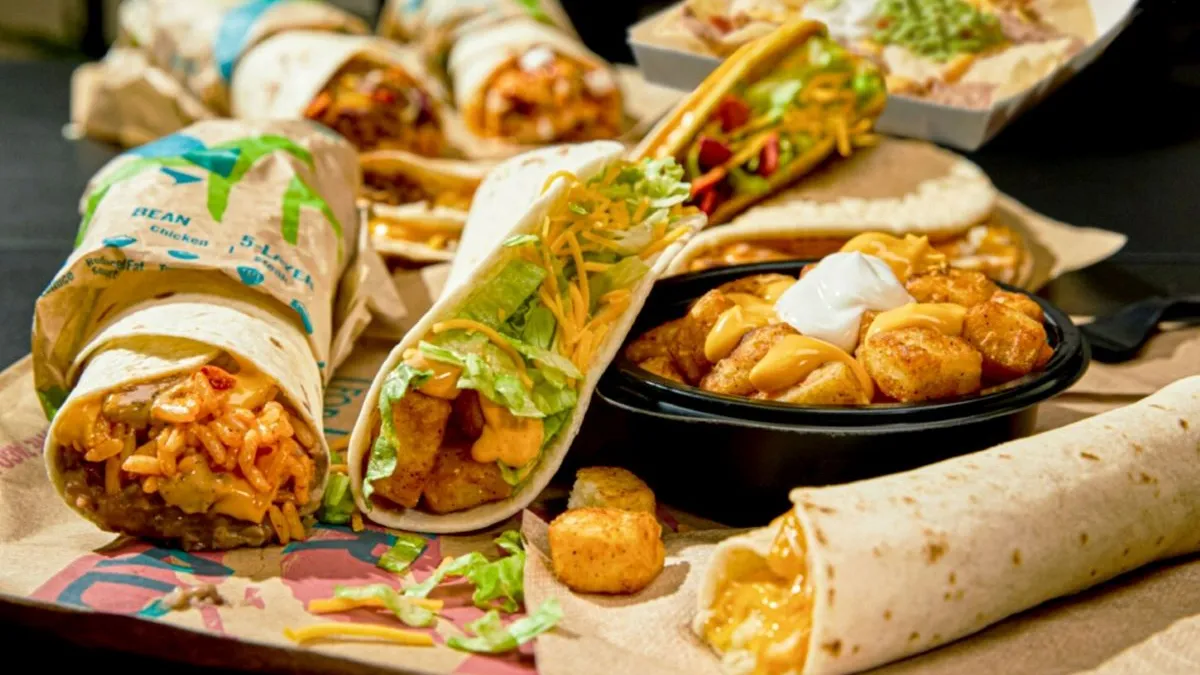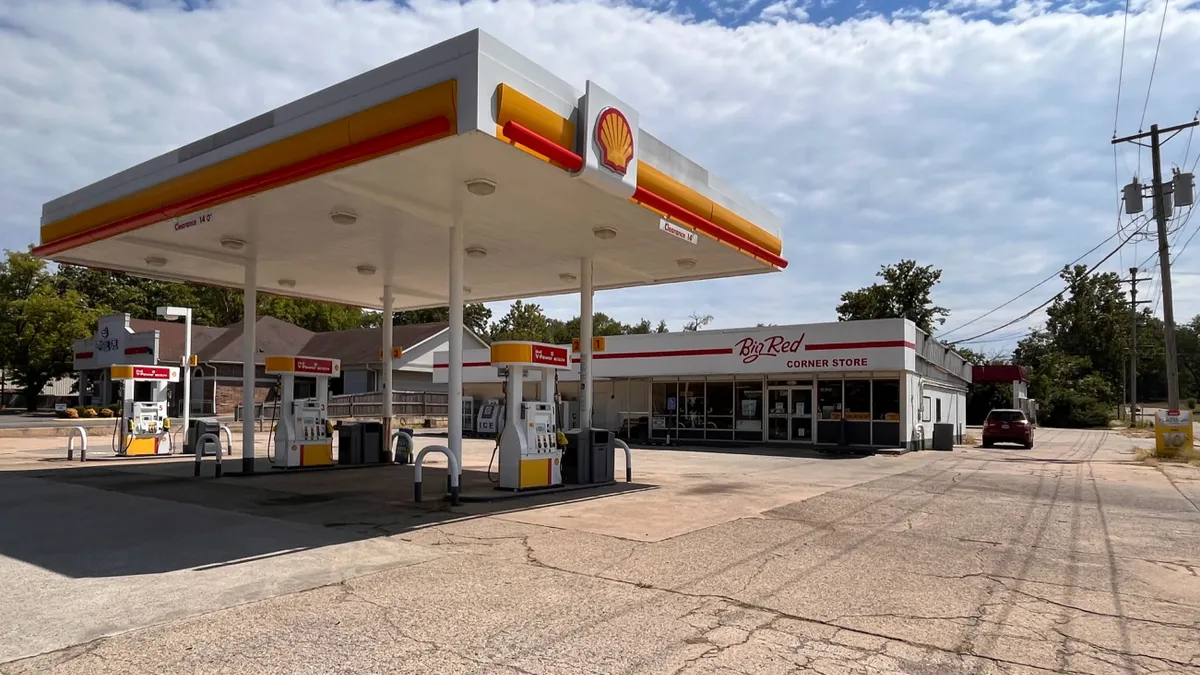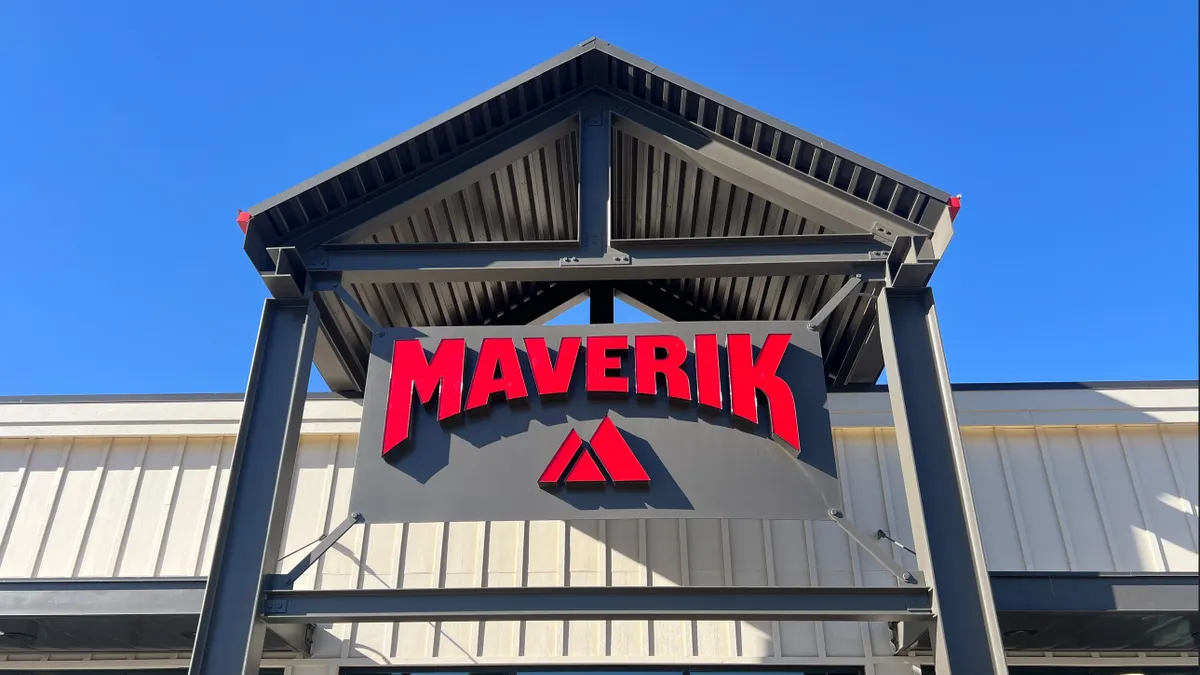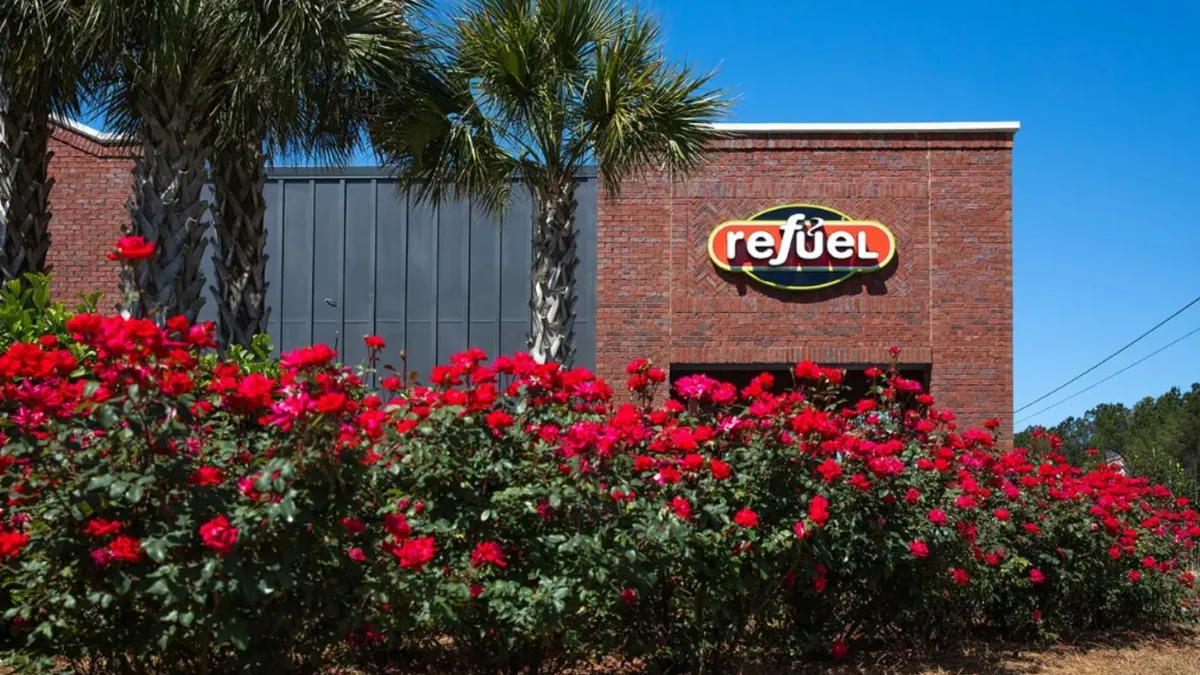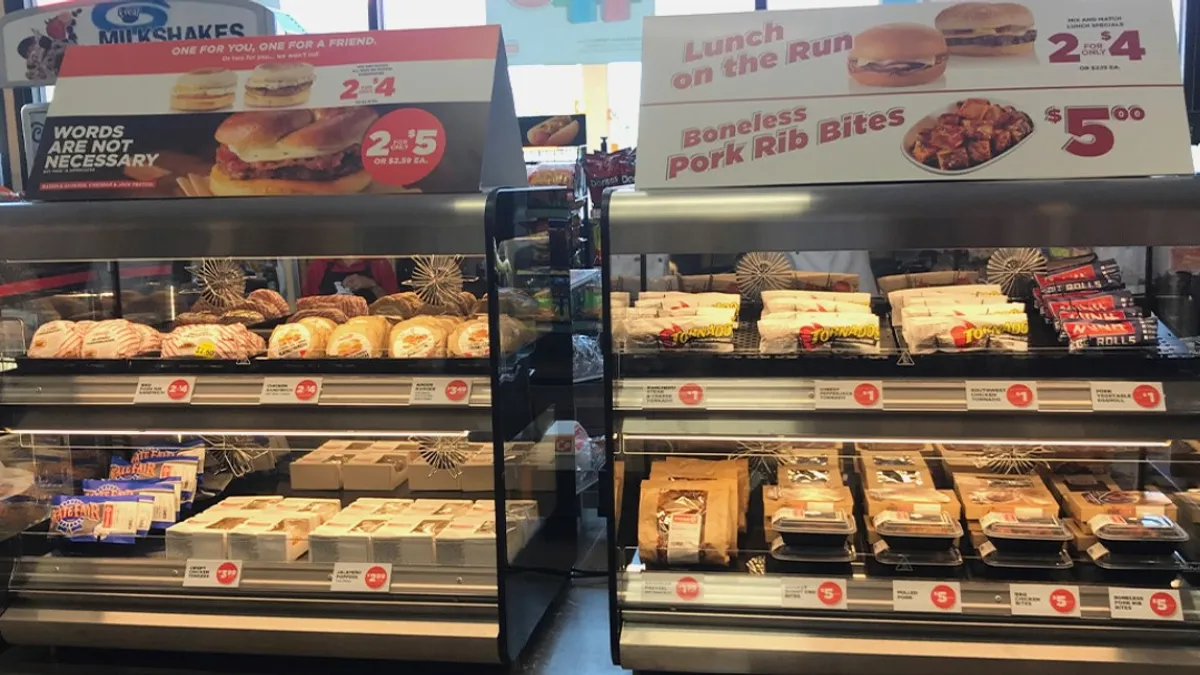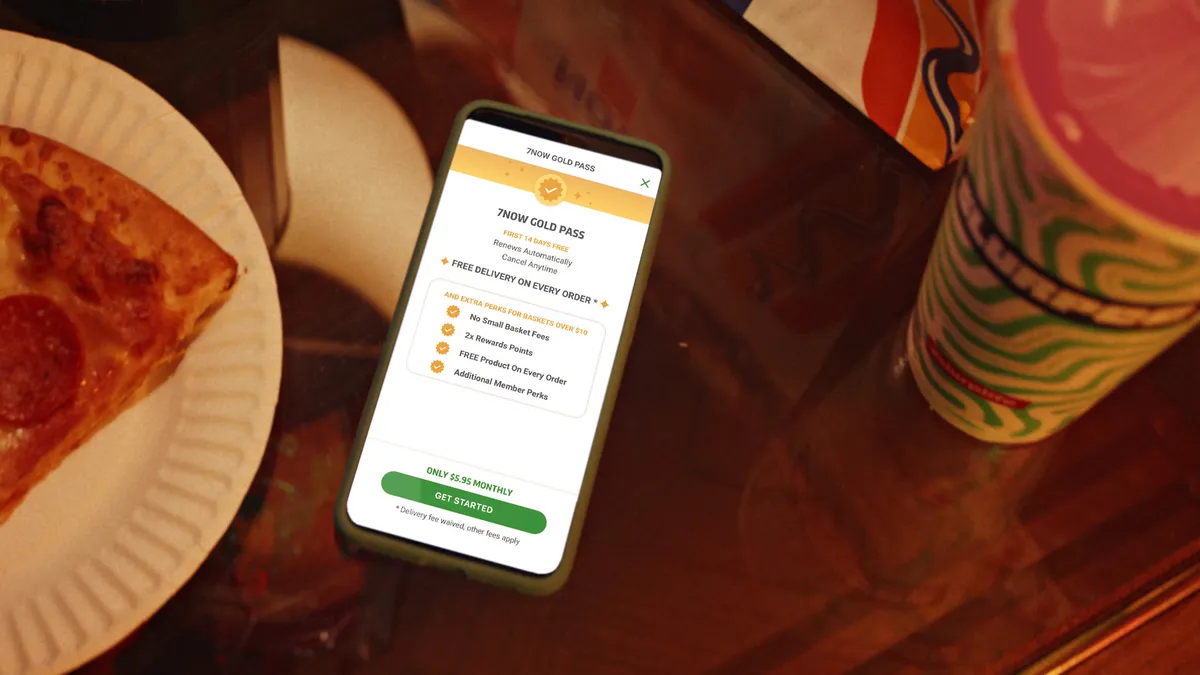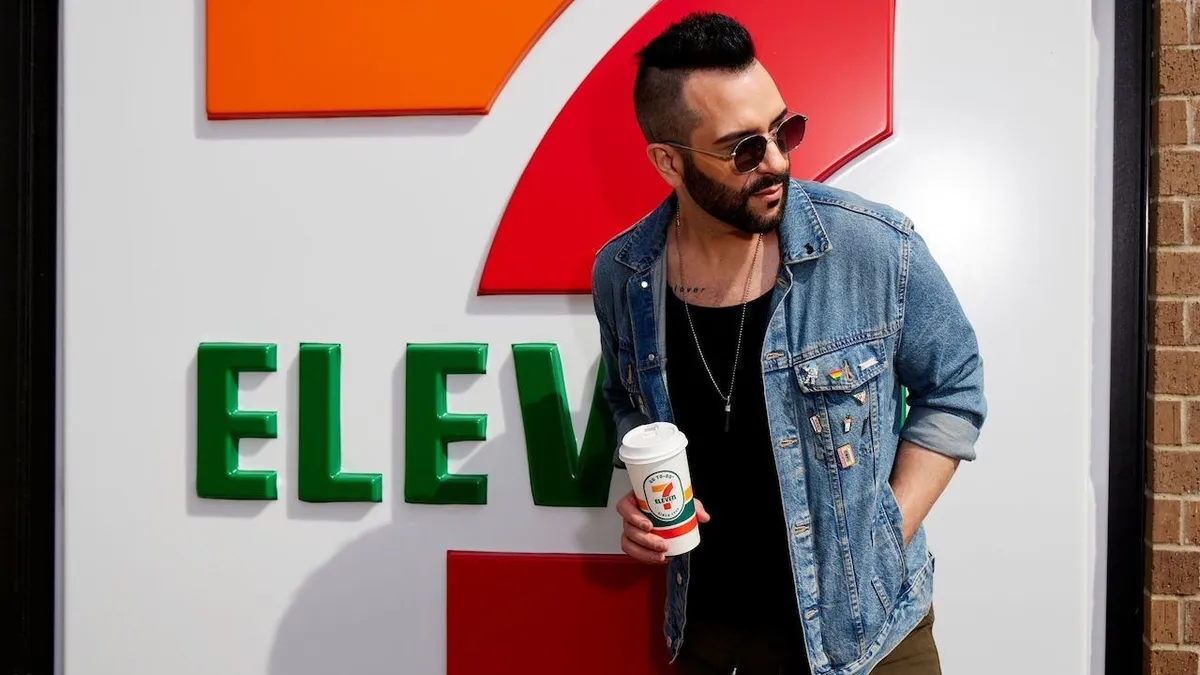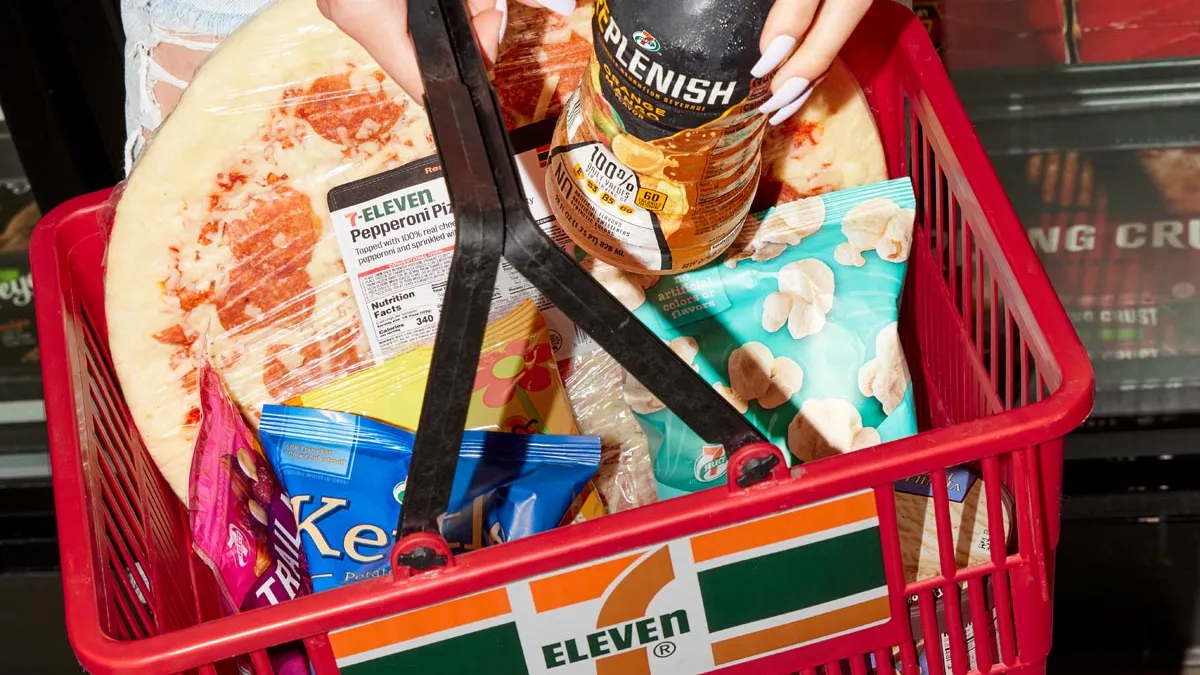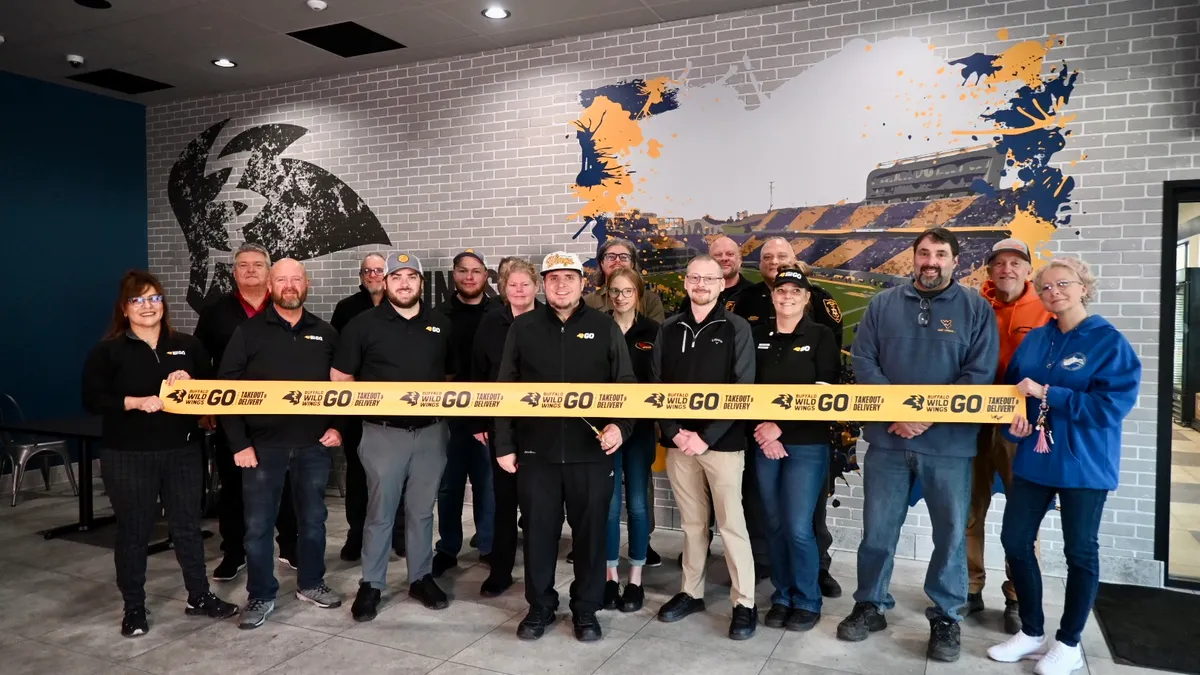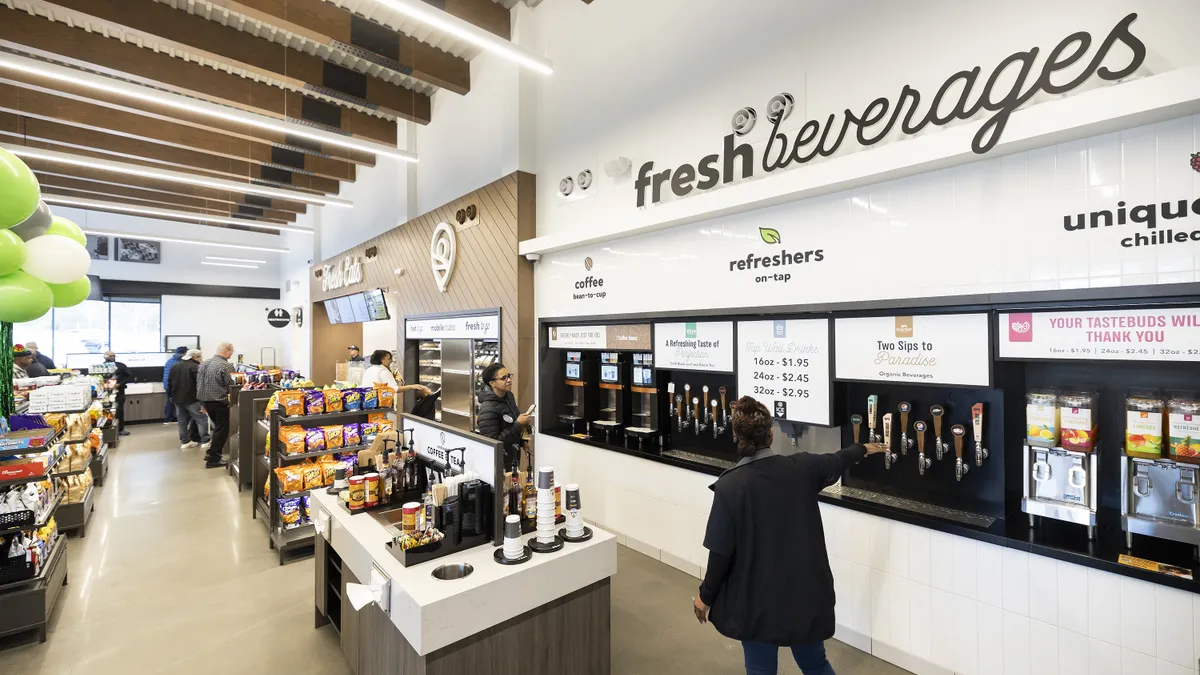While QSRs and other restaurant chains are rolling out value meals this summer, c-stores are upping their foodservice promotions as well — and holding their own.
After garnering broad criticism from consumers for raising prices, many QSRs have shifted to offering low-priced deals — and are getting results. For instance, McDonald’s rolled out a $5 Meal Deal on June 25. That day became the restaurant chain’s busiest Tuesday of the year, drawing 8% more visits than any other Tuesday this year, according to Placer.ai.
McDonald’s isn’t alone. Starbucks debuted two $5 meal and drink combo deals in June, offering a tall iced or hot coffee or tea paired with either a butter croissant or a breakfast sandwich. As a result, Starbucks’ traffic shot up 3.4% during the week of June 24, according to Placer.ai.
Other restaurant chains focusing on value include Taco Bell, which launched a 10-item Cravings value menu in January and a new $7 Luxe Cravings Box in late June. The limited-time $7 deal consists of a “Chalupa Supreme, Beefy 5-Layer Burrito, Double Stacked Taco, chips and nacho cheese sauce, and a medium drink.”
As a result of its shift to value offerings, Taco Bell’s U.S. same-store sales grew by 2%. The Cravings menu helped drive the success for the brand, Yum Brands CEO David Gibbs said during an earnings call.
While QSRs’ value deals have garnered plenty of media attention, c-stores have launched many value deals of their own this summer and are, on average, realizing higher traffic than QSR competitors.
In the second quarter of 2024, customer traffic to 7-Eleven, Casey’s General Stores and QuikTrip all grew by at least 8% year over year, while traffic to Wawa was up nearly 7%, per Placer.ai.
C-stores surging faster than most QSR bands
Conversely, traffic to McDonald’s rose only 0.4% in the second quarter, while traffic to Starbucks grew 2.8% and traffic to Wendy’s was up 1.4%.
Increased travel likely played a role in the c-store traffic boost, but additionally, consumers began to shift away from QSR chains to c-stores and value-oriented grocery stores during the quarter as they “sought out better value,” according to R.J. Hottovy, head of analytical research at Placer.ai.
Their desire for value also resulted in 60% of c-store foodservice consumers using c-store foodservice once or more a week in the second quarter, according to Technomic. Notably, that number only dropped to 57% among those with household incomes below $55,000.
Conversely, consumers’ weekly visits to restaurants dropped from 70% in the second quarter of 2023 to 67% in the second quarter of 2024, with a slightly smaller drop among lower-income customers.
The major exception was major pizza chains, according to Placer.ai, as Domino’s Pizza traffic soared 15.4% and Pizza Hut’s traffic rose 12.1%. Those increases are likely due to the weak second quarter of 2023, Hottovy said.
Still, c-stores have taken note of pizza popularity and upped their value deals around the popular meal this summer. EG America and GPM Investments rolled out pizza-focused value meals, priced at around $5, across their c-store networks. In EG America’s case, the deal includes any two roller grill items or two cheese or pepperoni pizza slices; a one liter bottle of Pepsi, Mountain Dew, Aquafina or Brisk; and a bag of Lay’s, Miss Vickies, Ruffles or Sun Chips.
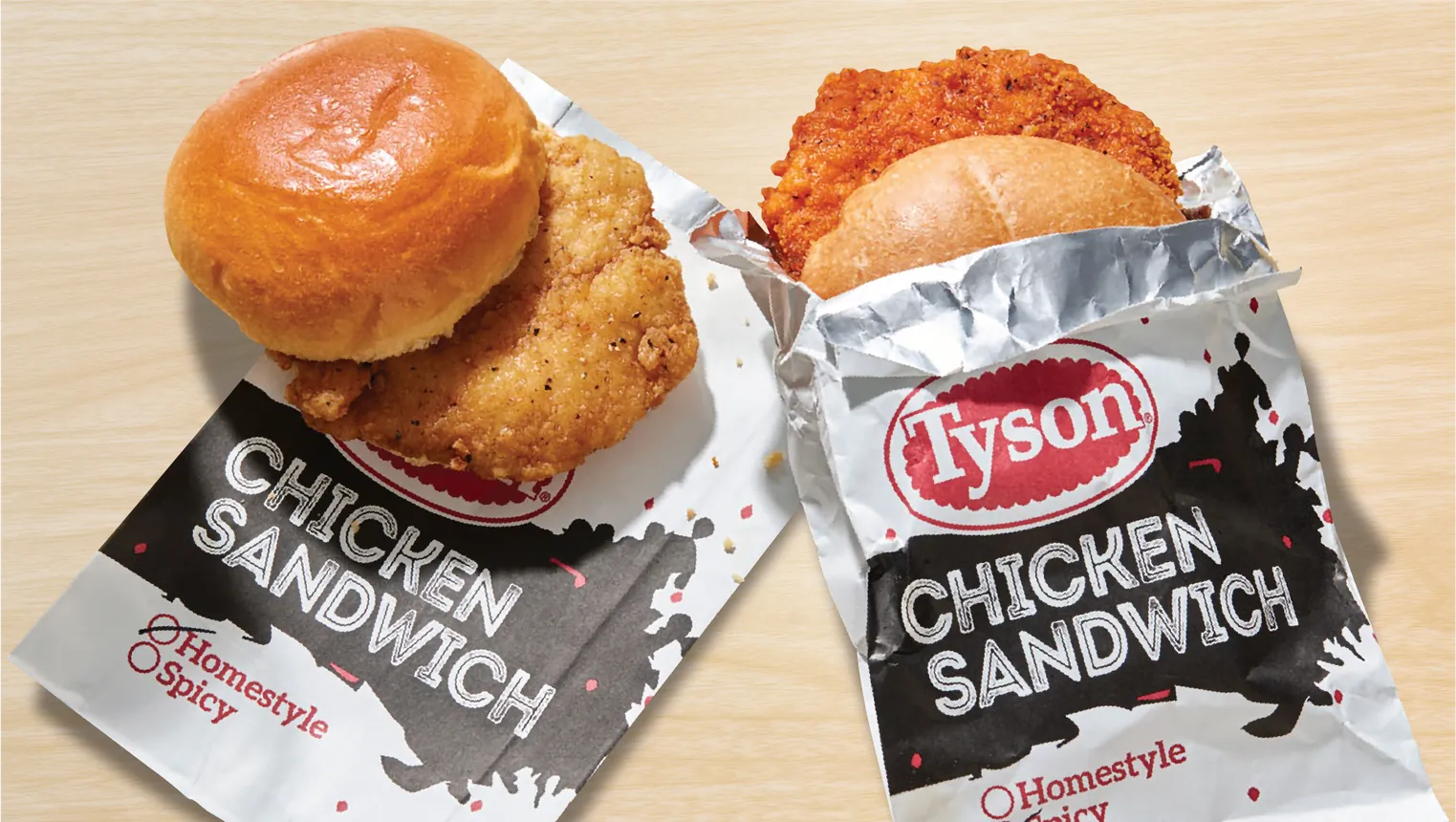
In addition to pizza, there are a slew of other deals, such as QuickChek’s $6 sub sandwiches and two-for-$5 breakfast sandwiches or Wawa touting $6 Hoagie sandwiches during Hoagiefest.
Rutter’s limited-time spam-based meals, which range from $3.98 to $6.59, also offer a value to c-store customers. New items this year include a breakfast taco and a breakfast burrito, along with returning breakfast sandwiches, grilled cheese and spam, a burger, a spam and cheese sandwich on a pretzel roll, and macaroni and cheese.
How c-stores can continue to offer value
While many c-store operators already offer value versus QSR competitors, it is important for them to continue focusing on meal deals, affordable snacks, and the like through the rest of the year, experts say.
“The big trend that retailers are all facing is customers cutting back on spending and trending down,” said Jeff Lenard, vp of strategic industry initiatives at NACS. “Value offers are incredibly important as customers are trading down from deluxe sandwiches to standard offers, as well as cutting back on sides.”Customers don’t think of specific channels when they are looking to purchase meals, Lenard added. Instead, “they think, ‘I’m craving a sandwich’ or ‘I’m in the mood for pizza,’” which means that “anyone selling those items is a restaurant in their minds. That puts c-stores as direct competition with QSRs,” Lenard noted.
C-stores can beat QSRs at the value game, according to David Portalatin, senior vice president and food industry advisor at Circana. The average restaurant check has remained higher this year compared to last year as food retail prices have deflated. However, as prices start to deflate on the foodservice side, it’s going to be challenging for c-stores to maintain dollar sales growth if they haven’t boosted traffic, Portalatin believes.
He warned that QSRs have pushed their way into the snack market for both food and beverages, which has historically been dominated by c-stores.
Since consumers are responding broadly to deals in the marketplace, c-stores “could think creatively about putting together promotions that create value for the consumer,” Portalatin noted.
Specifically, c-stores can focus on consumers who are upping their snack consumption and the number of small meals they eat throughout a day.
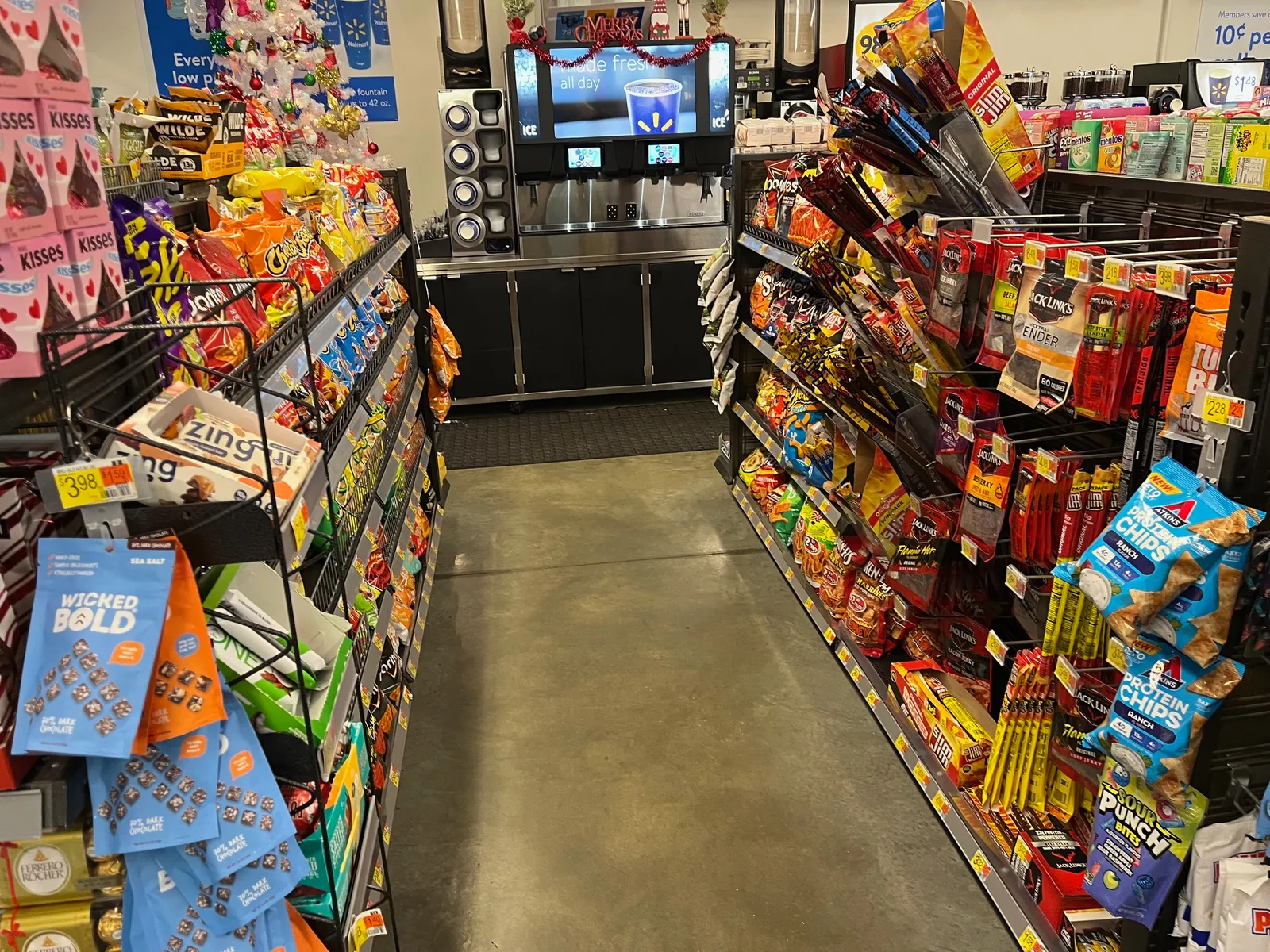
“The macro headwinds that have prevailed over the first half the year are likely to still be in place [in the second half of 2024],” Portalatin noted. "We are watching very carefully what happens from a daypart perspective.”
Meal deals should enable consumers to craft “eating occasions that may not be [considered] lunch or dinner,” Portalatin added.
The convenience channel has to consider adding more bundle deals, advised Sally Lyons Wyatt, global executive vice president and chief advisor of consumer goods and foodservice insights for Circana.
Similar to Starbucks, McDonald’s, Wendy’s and other QSRs, c-stores can offer a variety of drink and snack value deals and test which ones work best, she said.
“Time will tell if these bundles are going to work…it is absolutely giving consumer choices and a lifeline,” Lyons Wyatt said.


